So last week AMD launched the 500 series of cards and I had the chance to check out two different RX580 variations. So like always, if I get a pair of cards in and they support Crossfire or SLI I have to see what they are capable of. So as soon as I had my reviews posted I got the XFX and Sapphire cards on the testbench and started seeing what they can do. Like previous multi-card testing articles, this is mostly just me posting up results with less commentary than normal. So get ready to flip through a whole bunch of results.
Product Names: Sapphire Nitro+ RX580 8GB LE and XFX RX580 8GB GTS
Written by: Wes
Testing by: Wes
Amazon links: Sapphire Nitro+ RX580 8GB LE and XFX RX580 8GB GTS
Links to our original reviews
Our Test Rig and Procedures
|
Our Test Rig |
||
|
CPU |
Intel i7-5960X |
|
|
Memory |
Kingston HyperX FURY Black 32GB Quad Channel Kit 2666 MHz |
|
|
Motherboard |
Gigabyte X99-SOC Champion |
|
|
Cooling |
Noctua NH-U12S Cooler |
|
|
Power Supply |
Corsair AX1200w |
|
|
Storage |
Kingston Hyper X Savage 960GB SSD |
|
|
Case |
Primochill Wetbench |
|
|
OS |
Windows 10 Pro 64-bit |
|
|
Our Testing Procedures |
|
|
3DMark |
The same goes for the most current version of 3DMark using the Fire Strike benchmark in normal, extreme, and ultra settings. Tests are also run in the DX12 focused Time Spy benchmark as well. |
|
Unigine Superposition |
1080p Medium, 1080p Extreme, 4k Optimized, and 8k Optimized benchmarks all run in DirectX |
|
Unigine Valley Benchmark 1.0 |
Using the Extreme HD preset to get an average FPS |
|
Catzilla 4k |
Default tests for 1080p, 1440p, and 4k resolutions using the overall score for each as our result |
|
SteamVR |
Default SteamVR test using Average Quality score |
|
VRMark |
Orange and Blue rooms tested, use Average FPS for the result |
|
Ghost Recon Wildlands |
Ultra and High detail settings are used in the built-in benchmark run at 1080p, 1440p, and 4k |
|
Deus Ex: Mankind Divided |
Tests are done using the built-in benchmark at High and Ultra graphic settings at both 1080p 1440p, and 4k resolutions. |
|
DOOM |
Doom is tested on the Ultra quality setting. Tests are run at 1080p 1440p, and 4k using both OpenGL and Vulkan. The benchmark is a basic one using just the average FPS in the opening scene. |
|
HITMAN 2016 |
Fullscreen with V-Sync turned off Detail, Texture Quality, Shadow Maps, and Shadow Resolution all set to their highest settings. We test using both DX11 and DX12 at 1080p 1440p, and 4k. |
|
Ashes of the Singularity: Escalation |
Built-in benchmark ran at 1080p 1440p, and 4k with graphics settings set to the “Crazy” setting with the exception of turning off V-Sync Mode. The benchmark scenario is set to GPU Focused and we use the Average Framerate for All Batches as the result. Tests are run in DX12 |
|
The Division |
Built-in benchmark ran at 1080p 1440p, and 4k with graphics settings set to the default “Ultra” setting with the exception of turning off V-Sync Mode |
|
Total War: ROME II |
Ultra-setting tested at 1080p 1440p, and 4k, built in forest benchmark |
|
Middle-earth: Shadow of Mordor |
Using the built-in benchmark we test with ultra settings at 1440p and 4k |
|
Sniper Elite 3 |
Ultra-setting tested at 1080p 1440p, and 4k, built in benchmark |
|
Thief |
Tested using the “Very High” setting at 1080p 1440p, and 4k with V-sync off |
|
Passmark Performance Test 9 |
Test using the GPU Compute Score inside of Passmark’s Performance Test 9 |
|
CompuBenchCL |
Video Composition and Bitcoin tests |
|
Unigine Valley Benchmark 1.0 heat testing |
We run through Unigine Valley using the “Extreme HD” preset for 30 minutes to test in game cooling performance with the fan speed set to auto then again with the fan set to 100%. |
|
Power Usage |
Using 3dmark Fire Strike with the “performance” preset, we get our “load” power usage number from the peak power usage during our test. We get our numbers from a Kill-A-Watt connected to the test benches power cord. |
|
Noise Testing |
Our Noise testing is done using a decibel meter 18 inches away from the video card on the bottom/fan side of the card. We test at both 50% and 100% fan speeds. The 100% test isn’t a representation of typical in-game noise levels, but it will show you how loud a card can be if you run it at its highest setting or if it gets very hot. This is done using a Protmex PT02 Sound Meter that is rated IEC651 type 2 and ANSI S1.4 type 2. Tests are done set weighted to A and set to a slow response using the max function. The ambient noise level in the testing area is 33.3 decibels using the test settings. |
Synthetic Benchmarks
So our synthetic benchmarks were all over the place but help get us a little information on how the 580’s in Crossfire compare to everything else. In 3DMark Fire Strike they top the charts at 1080p but at 1440p and 4k they drop off and fall in between the GTX 1080 11GBps and the GTX 1080 Ti. In 3Dmark Time Spy, the results are similar but we have results from the 480s in Crossfire and 1080 and 1070 SLI to also compare with. The 580’s in Crossfire give a bump over the 480’s but like the single cards, don’t catch up to the 1070 SLI.




The new Unigine Superposition is the first indication we see of no support for Crossfire so the pair actually comes in just below both of the 580’s. Valley Benchmark, however, does have Crossfire support and like in 3DMark, the pair comes in above the 1080 and below the 1080 Ti.


No crossfire support in Catzilla so nothing much to see here.



For VR, SteamVr shows up that the pair does improve performance but don’t even reach the 11 rating that everything from the overclocked 1070 and above get. In VRMark there is support for Crossfire but you don’t see much of a bump. Orange room does up 11 FPS and is still well behind the 1070 but in the blue room, the improvement is more pronounced but still not great.


In-Game Benchmarks
Now we finally get into the in game performance that is the main reason people pick up a new video card. To test things out I ran through our recently updated benchmark suite that tests 10 games at three different resolutions (1080p, 1440p, and 4k). I also slipped in a few variations on the same games for comparisons like DX11 to DX12, OpenGL to Vulkan, and a couple of games are just tested at their highest setting and lower but still high detail options to show the performance difference when things are turned down slightly. In total, each video card is tested 41 times and that makes for a huge mess of graphs when you put them all together. To help with that I like to start off with these overall playability graphs that take all of the results and give an easier to read the result. I have one for each of the three resolutions and each is broken up into four FPS ranges. Under 30 FPS is considered unplayable, over 30 is playable but not ideal, over 60 is the sweet spot, and then over 120 FPS is for high refresh rate monitors.
I don’t normally include our overall performance graphs for multi-card testing but I thought I would try it out. So in 1080p the pair has a few games in the 30-59 FPS range but just as many in the 120+ range with most being 60 FPS or more. The 1440p results are similar as well showing how games without Crossfire support are a drastic change in performance compared to the games that do have it. Then at 4k, most games are unplayable with just a few up in the 60 FPS range.



Really the main thing to keep an eye on with the detailed graphs is what games support Crossfire. When I updated our test suite a lot of the older titles that didn’t have Crossfire support were dropped but Deus Ex, Theif, and Doom both don’t support it. Ashes of the singularity does but you have to run a specific multi-GPU mode. The same goes for Hitman in DX12 as well but that gets complicated as well, you have to turn off Crossfire on your PC then turn on the multi-GPU mode in that specific game. Most people won’t do that and if they do it will just be turning on the multi-GPU mode but that likes to cause crashes if you still have Crossfire turned on. When things are working performance ranges as well, most of the games still com in behind the GTX 1080 FE but a few like Sniper Elite and Total War: Rome II did perform about on par with the overclocked 11Gbps GTX 1080 though that performance drops more as you go up in resolution.




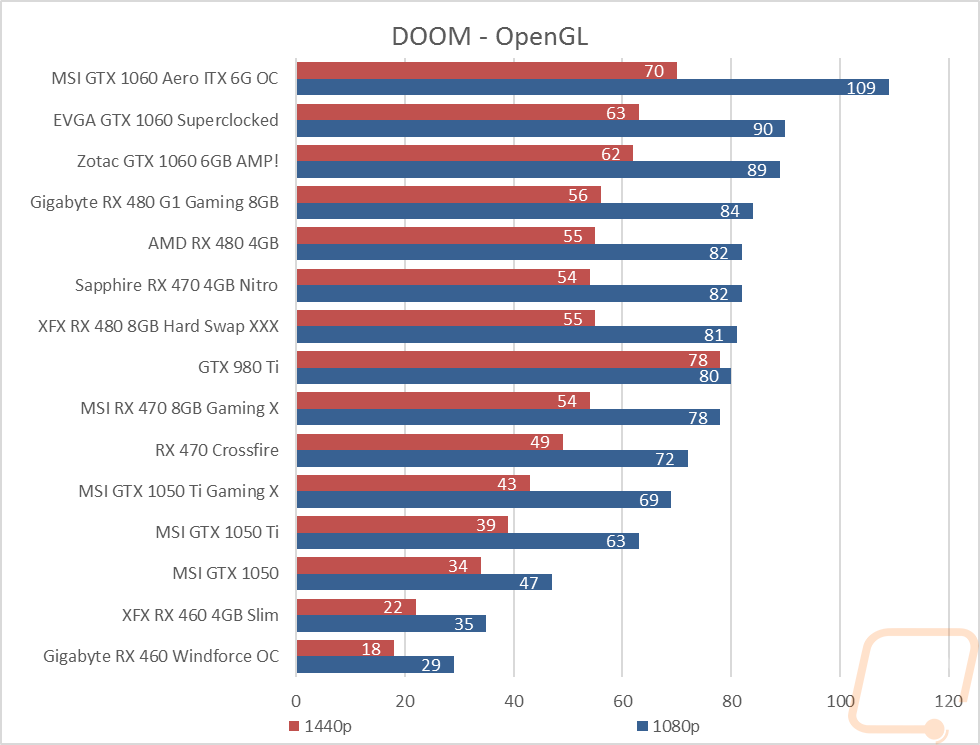



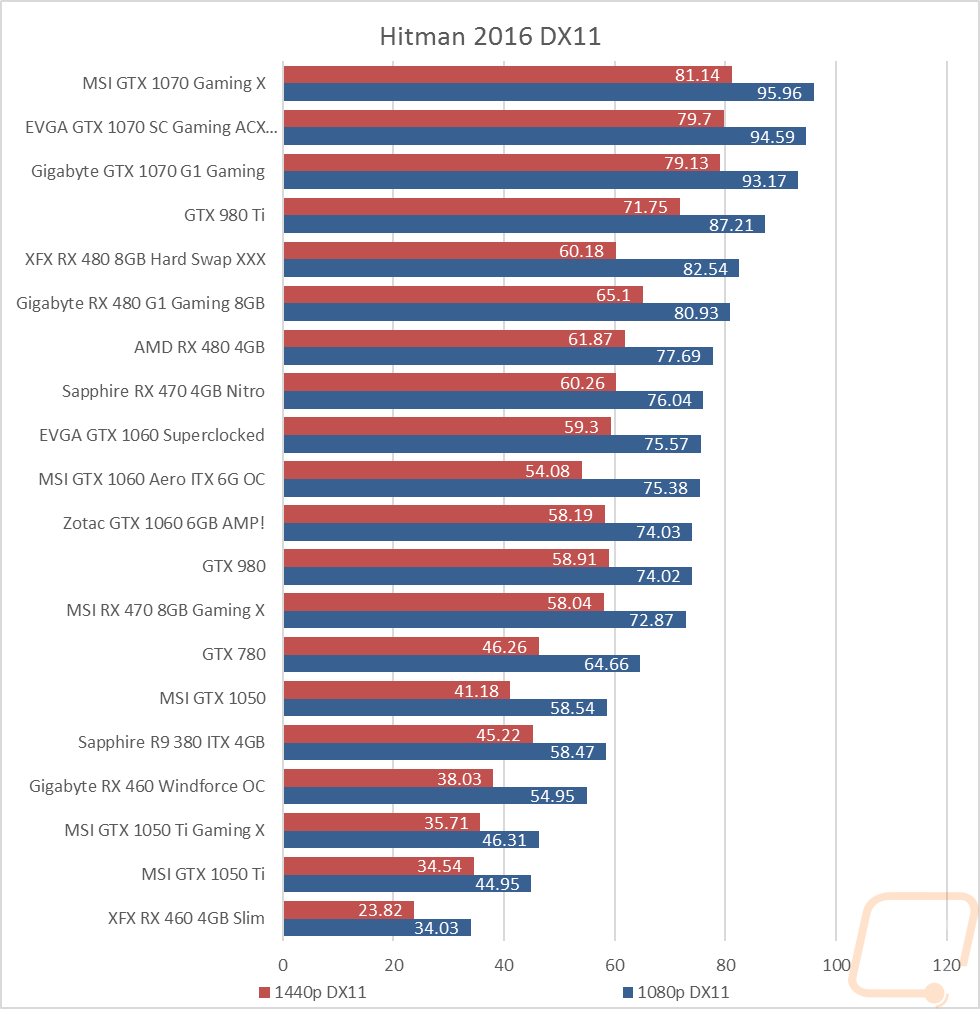
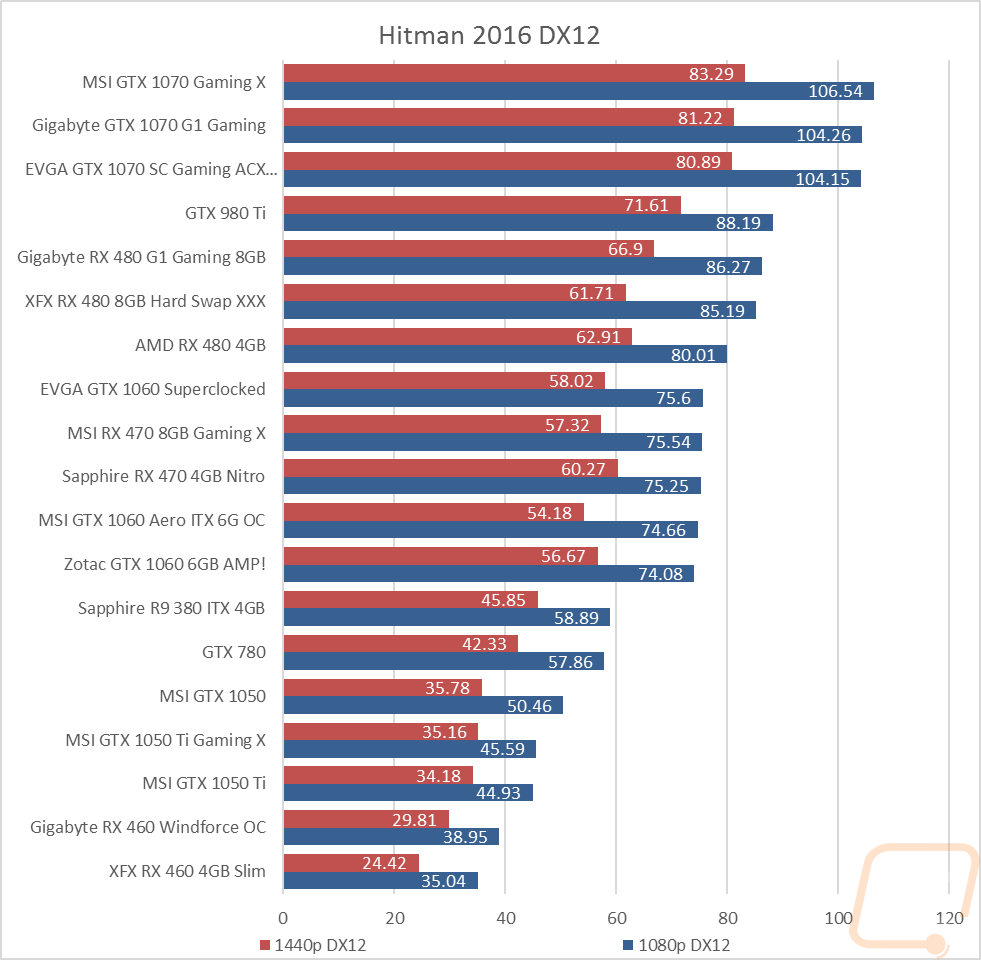



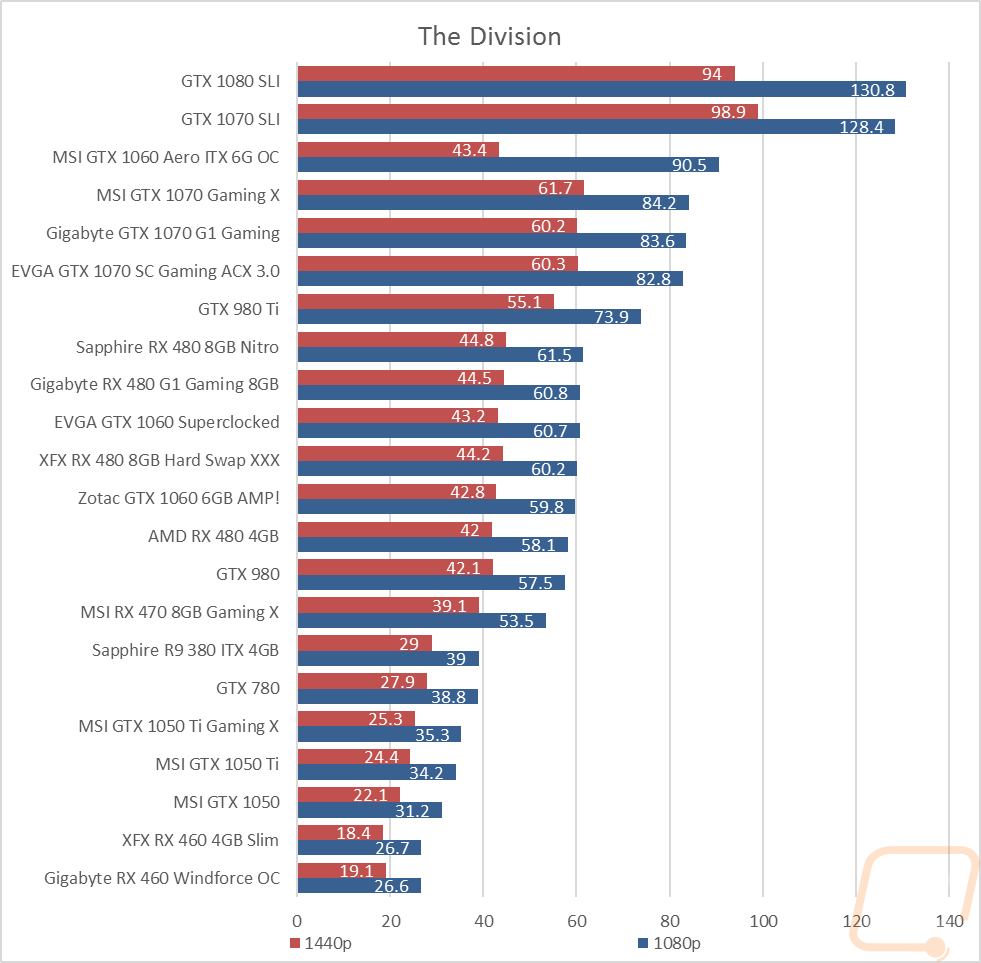

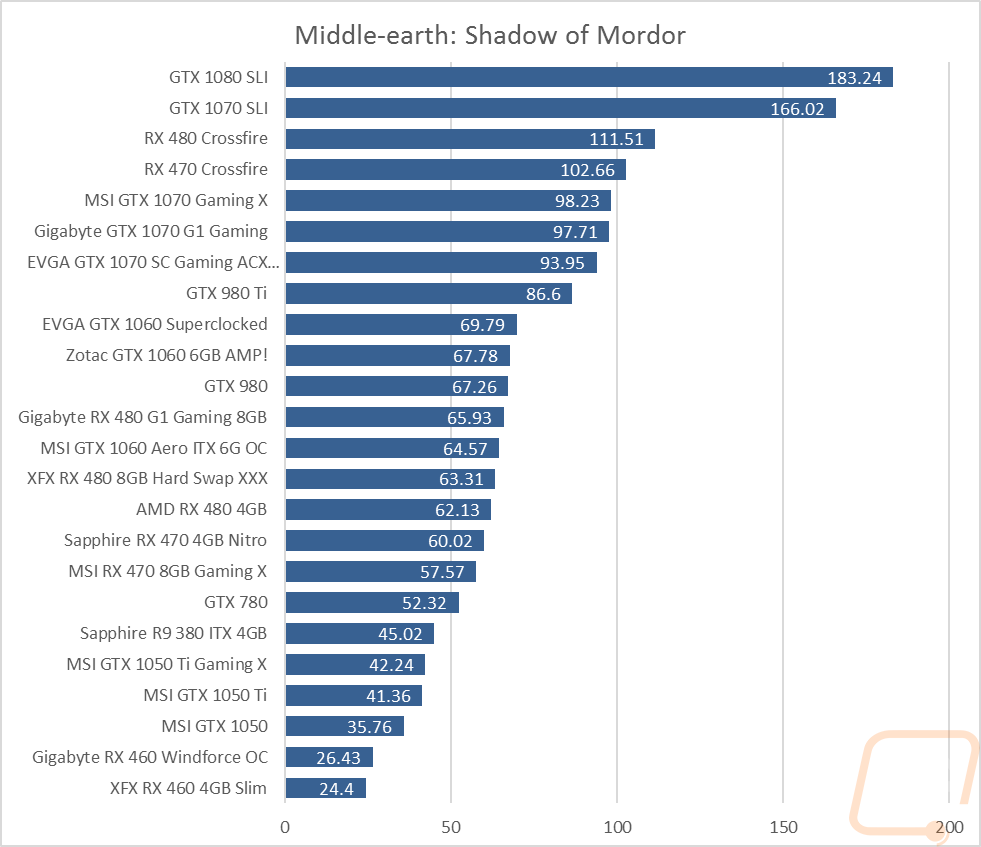

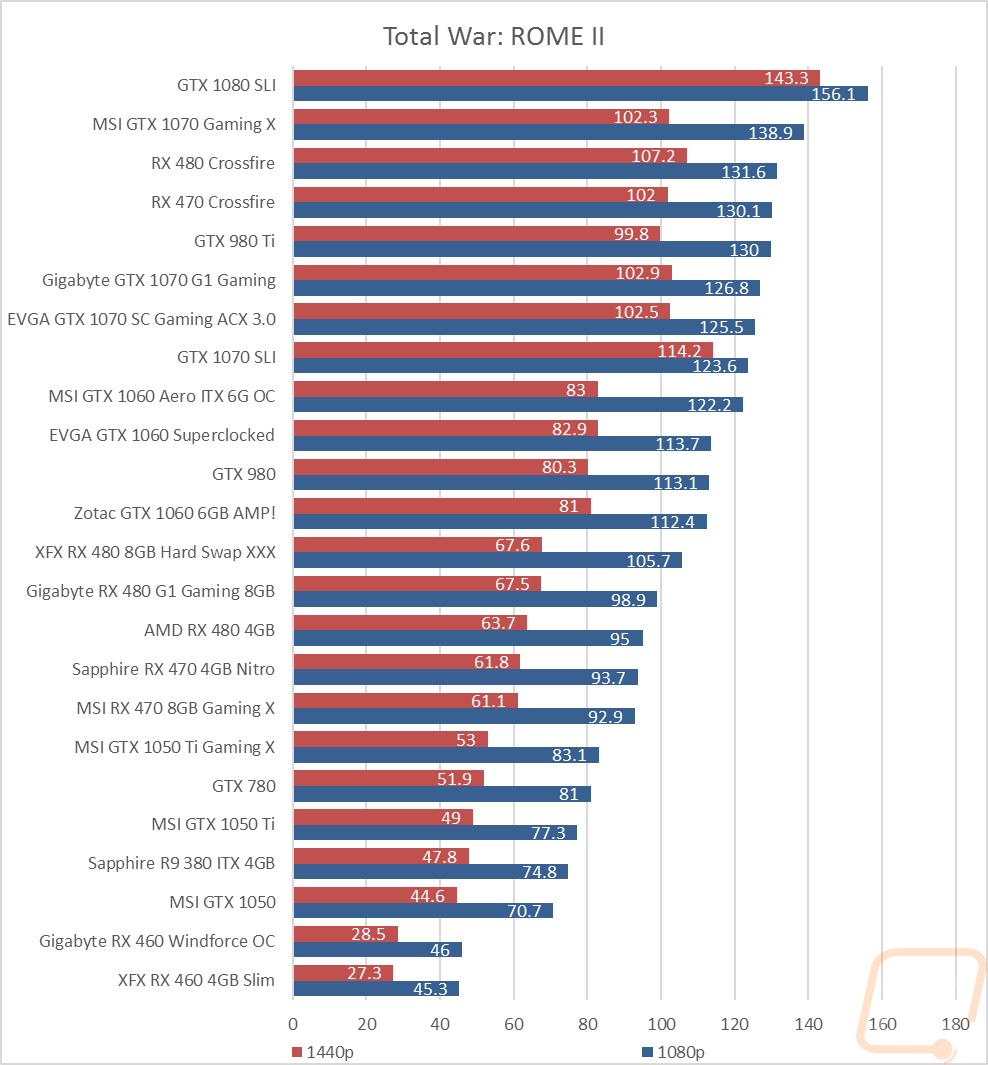



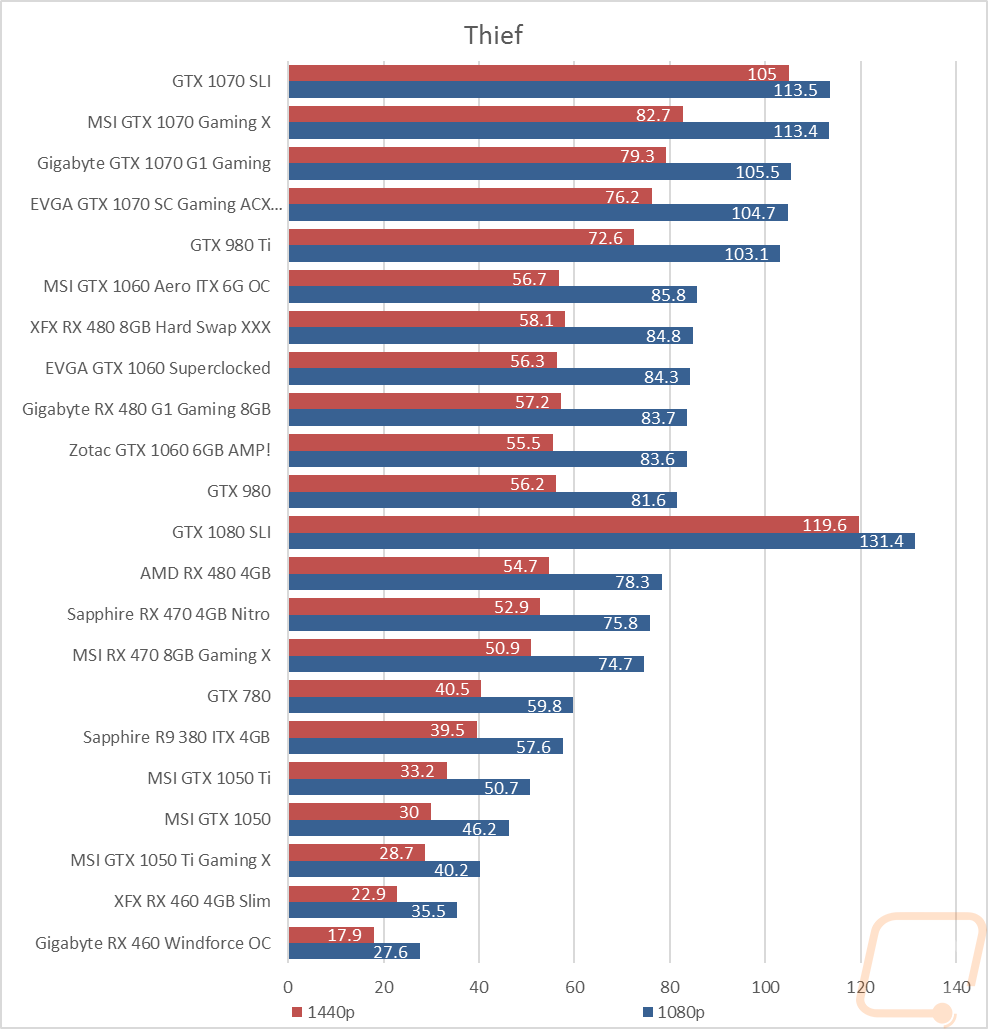

Power Usage and Final Thoughts
One of the other aspects you have to keep in mind when running multiple cards is just how much power they will draw. To test this I used 3DMark Fire Strike Performance Test to put the cards and our whole testbench under load then documented the peak wattage draw. The end result looks a little crazy when compared to all of the other dual card configurations at 555 watts. Even individually both RX580’s pulled a lot of power, so pairing them up together is just asking to spin that power meter faster. Sadly I don’t have any old power draw numbers to compare with here because I had to change our testing procedures. I actually had to change it specifically because of Crossfire and SLI testing though, Valley Benchmark that I used to use to put everything under load wasn’t really pushing Crossfire and especially SLI cards properly as the support was dropping. 3DMark is always supported though, that’s why I moved to that.

So would I go with two RX580s in Crossfire? Actually no, not this time around. I was actually really considering it for our Ryzen project build but what I found is that even when they perform really well and when there is support the performance at the higher resolutions the performance drop is very noticeable. So if I was looking to get the best possible performance at 1080p this would be fine, but a single RX580 already does more than enough at 1080p. It is when you are gaming at 4k or ultrawide resolutions that you really need the power and currently Nvidia's single card options like the GTX 1080 Ti or even some of the 11Gbps GTX 1080’s perform better in that usage. That’s even when complexly ignoring the fact that of all of the tests I ran we only saw a little over 50% of them even supported by Crossfire. SLI and Crossfire both have this issue though I wish AMD would at least publish a proper list of games supported like Nvidia does.
Now when looking at the pricing, two RX580’s paired up is going to run you from $460 to $600 depending on what model you go with. For comparison, GTX 1080’s start at $480 and the 11GBps models should be about $100 more. This is why AMD needs Vega asap, the RX580 is a great card but even when in Crossfire it doesn’t really offer the high-end solution that some people need.




